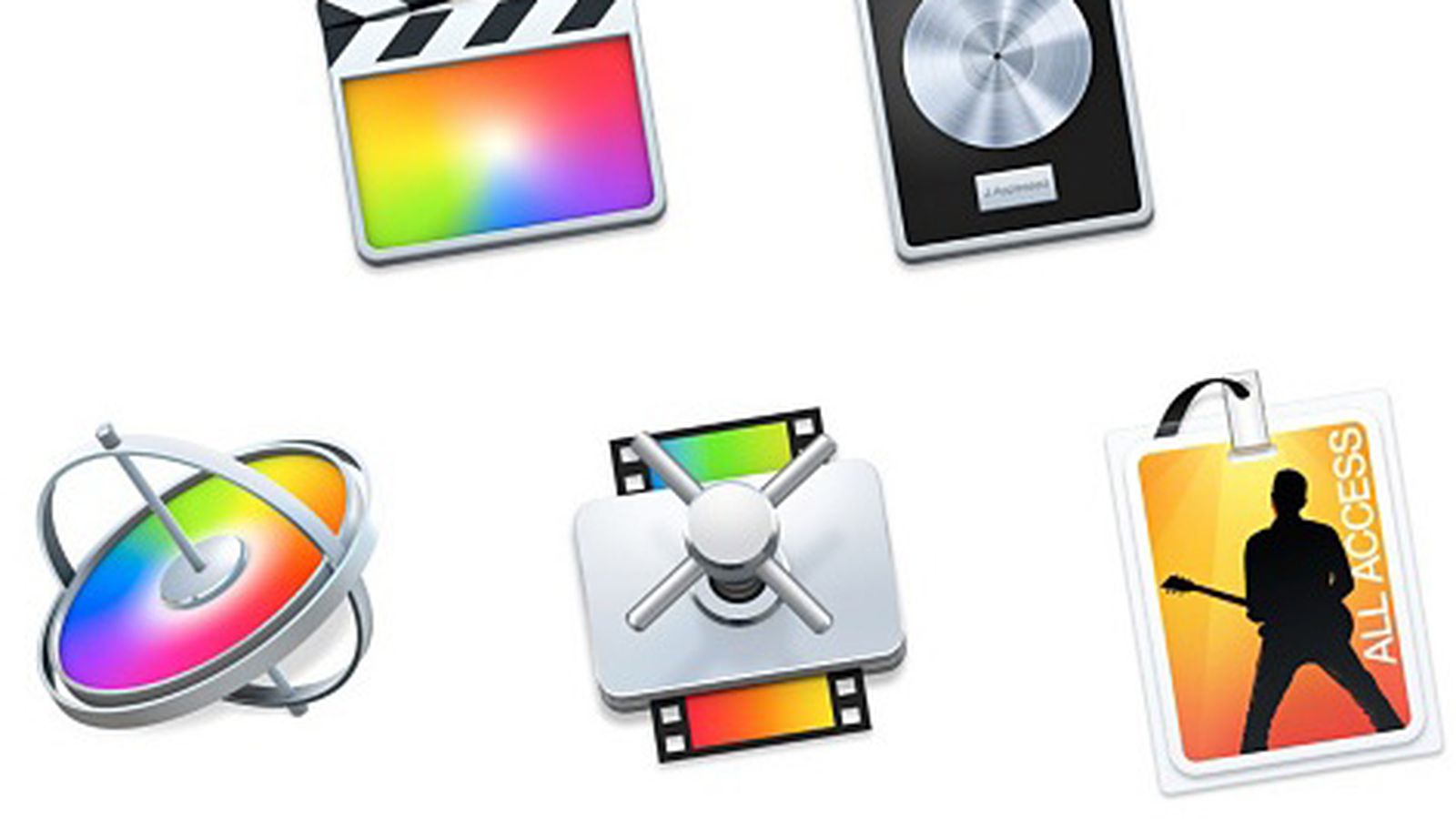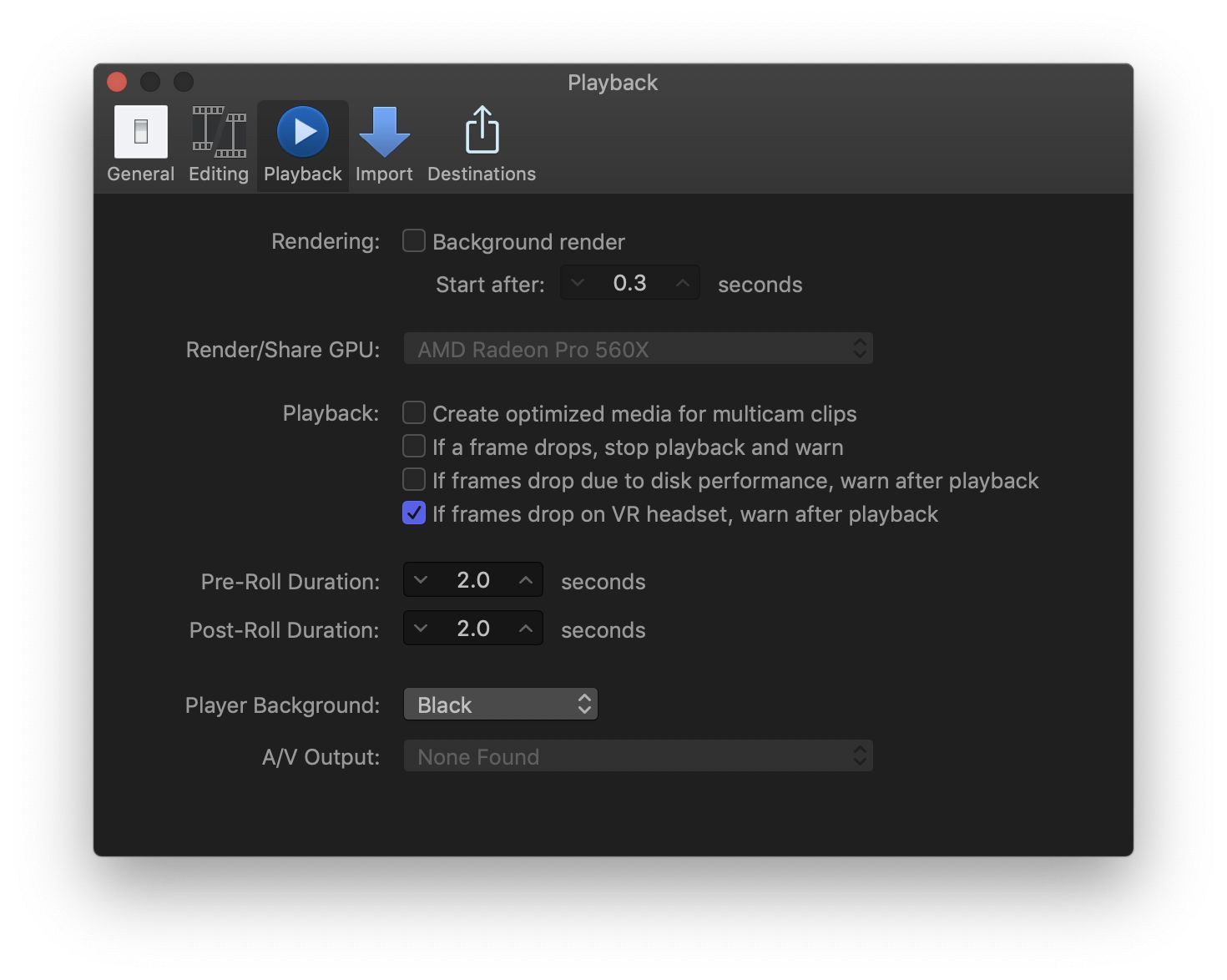

This means that the operating speed compared to their competitors is fast.

Both products are only compatible with Apple products. The only difference in workflow is that Final Cut offers a LOT more tools and effects to use for professionals and people hoping to learn more about editing. Both programs import footage, use a magnetic timeline, and add effects with presets in a similar way this aspect is considered a tie.

The workflows of Final Cut and iMovie are similar. Similar to Final Cut, iMovie has a magnetic timeline that snaps clips into place and shifts all clips automatically over when removing or replacing a clip. Final Cut even has specialized interfaces for the process you’re involved in, whether it be editing, compositing, or color correction. Because Final Cut has more tools on its interface, it is the winner. The interfaces of iMovie and Final Cut are similar. It is also easier to customize the font and styling of text in Final Cut compared to iMovie. Final Cut even has presets for lower thirds and titles that are much more advanced than those of iMovie. When implementing text into your production, Final Cut offers more tools to make stunning titles. Because it can be used easily by a first-timer, iMovie has better ease of use when compared to Final Cut Pro. That being said, iMovie is not the program for scaling your production up in quality. iMovie is designed to be a user-friendly editing program that you can import your footage into and edit with as simple of tools as possible. Filmora vs iMovie | Head-to-Head Comparison (2021)įinal Cut Pro vs Premiere Pro: See This Before You Buy! (2021) Comparison at a Glance


 0 kommentar(er)
0 kommentar(er)
